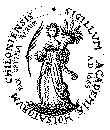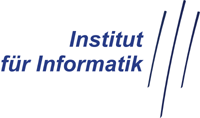This work presents new ideas in isotropic multi-dimensional phase based
signal theory. The novel approach, called the emph{conformal monogenic
signal}, is a rotational invariant quadrature filter for extracting local
features of any curved signal without the use of any heuristics or steering
techniques. The emph{conformal monogenic signal} contains the recently
introduced emph{monogenic signal} as a special case and combines Poisson
scale space, local amplitude, direction, phase and curvature in one un
ified
algebraic framework. The emph{conformal monogenic signal} will be
theoretically illustrated and motivated in detail by the relation between
the Radon transform and the generalized Hilbert transform. The main idea of
the emph{conformal monogenic signal} is to lift up $n$-dimensional signals
by emph{inverse stereographic projections} to a $n$-dimensional sphere in
$
eals{n+1}$ where the local signal features can be analyzed with more
degrees of freedom compared to the flat $n$-dimensional space of the
original signal domain. As result, it delivers a novel way of computing the
isophote curvature of signals without partial derivatives. The philosophy
of the emph{conformal monogenic signal} is based on the idea to use the
direct relation between the original signal and geometric entities such as
lines, circles, hyperplanes and hyperspheres. Furthermore, the emph{2D
conformal monogenic signal} can be extended to signals of any
dimension. The main advantages of the emph{conformal monogenic signal} in
practical applications are its compatibility with intrinsically one
dimsensional and special intrinsically two dimensional signals, the
rotational invariance, the low computational time complexity, the easy
implementation into existing software packages and the numerical robustness
of calculating exact local curvature of signals without the need of any
derivatives. keywords{Unit sphere and signal processing and generalized
Hilbert transform and Riesz transform and Radon transform and isotropic
and local phase based signal analysis and Clifford analysis and
monogenic signal and analytic signal and isophote curvature and Poisson
scale space and stereographic projection and conformal space}





